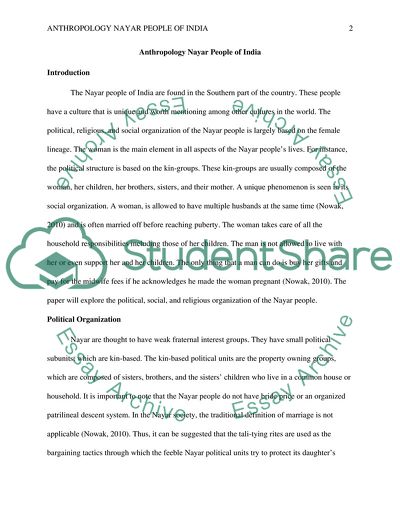Cite this document
(“Anthropology Nayar People of India Research Paper”, n.d.)
Anthropology Nayar People of India Research Paper. Retrieved from https://studentshare.org/people/1791849-anthropology-nayar-people-of-india
Anthropology Nayar People of India Research Paper. Retrieved from https://studentshare.org/people/1791849-anthropology-nayar-people-of-india
(Anthropology Nayar People of India Research Paper)
Anthropology Nayar People of India Research Paper. https://studentshare.org/people/1791849-anthropology-nayar-people-of-india.
Anthropology Nayar People of India Research Paper. https://studentshare.org/people/1791849-anthropology-nayar-people-of-india.
“Anthropology Nayar People of India Research Paper”, n.d. https://studentshare.org/people/1791849-anthropology-nayar-people-of-india.


